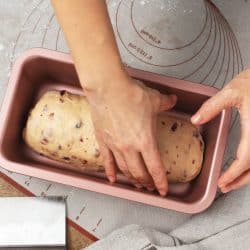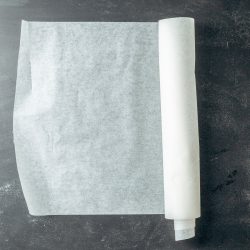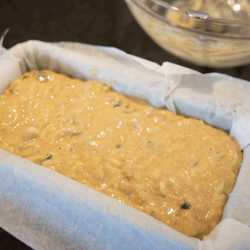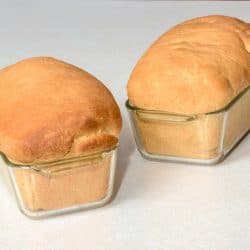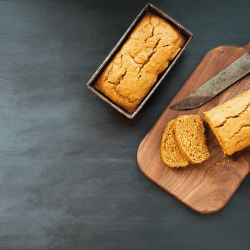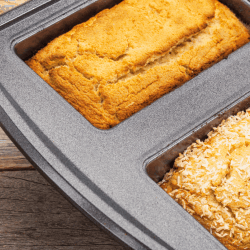Few things are better than the smell of fresh bread and the joy of pulling a beautiful, well-baked loaf out of the oven. But, few things are worse than having a lovely loaf of bread that is stuck in the pan! If your bread is stuck, it could be because you didn't grease the pan. We've researched whether you should grease the loaf pan or not before baking your dough to find out the best methods to have bread pop out with ease.
You should grease your pan when baking bread. Although not all recipes mention it, when in doubt, oil your loaf pan. By greasing your pan, you make it easier to slide the bread out when it is finished. Unless you are using a disposable pan, oil should not damage your pan or your bread and makes baking more enjoyable.
Not all oils are created equally, so there are exceptions depending on the pan you are using. We looked high and low to find out the best methods for greasing pans so you can bake without worry.
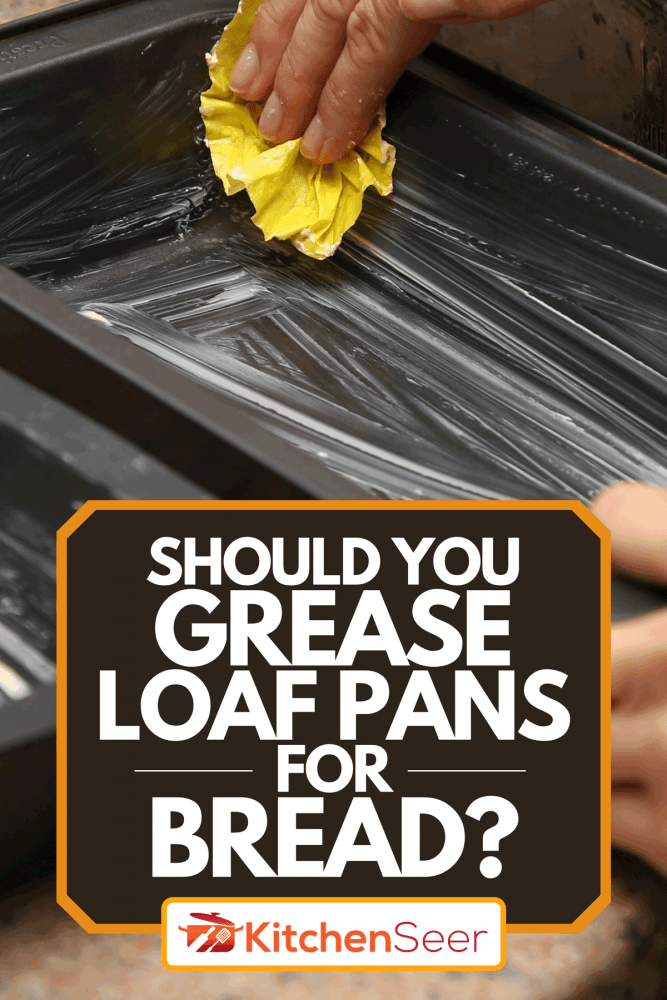
Do you grease a loaf tin for bread?
Oil adds a layer of protection between a pan and bread dough. This allows the bread to properly cook and not stick to the edges of the pan. In general, you should grease your bread tin. It doesn't damage your food, and it makes cooking easier and more enjoyable.
If you need to grease your loaf tin depends on what you are baking. For most bread, you should grease the cookware with butter. Using butter or cooking spray makes it easier to get the bread out of the tin. Without it some loaves of bread may become stuck to the sides and hard to remove.
If you are worried about the grease adding cholesterol to your baked goods, use a low Cholesterol oil or spray. Melted coconut oil and avocado oil sprays are common solutions.
Do I need to grease a nonstick loaf pan?
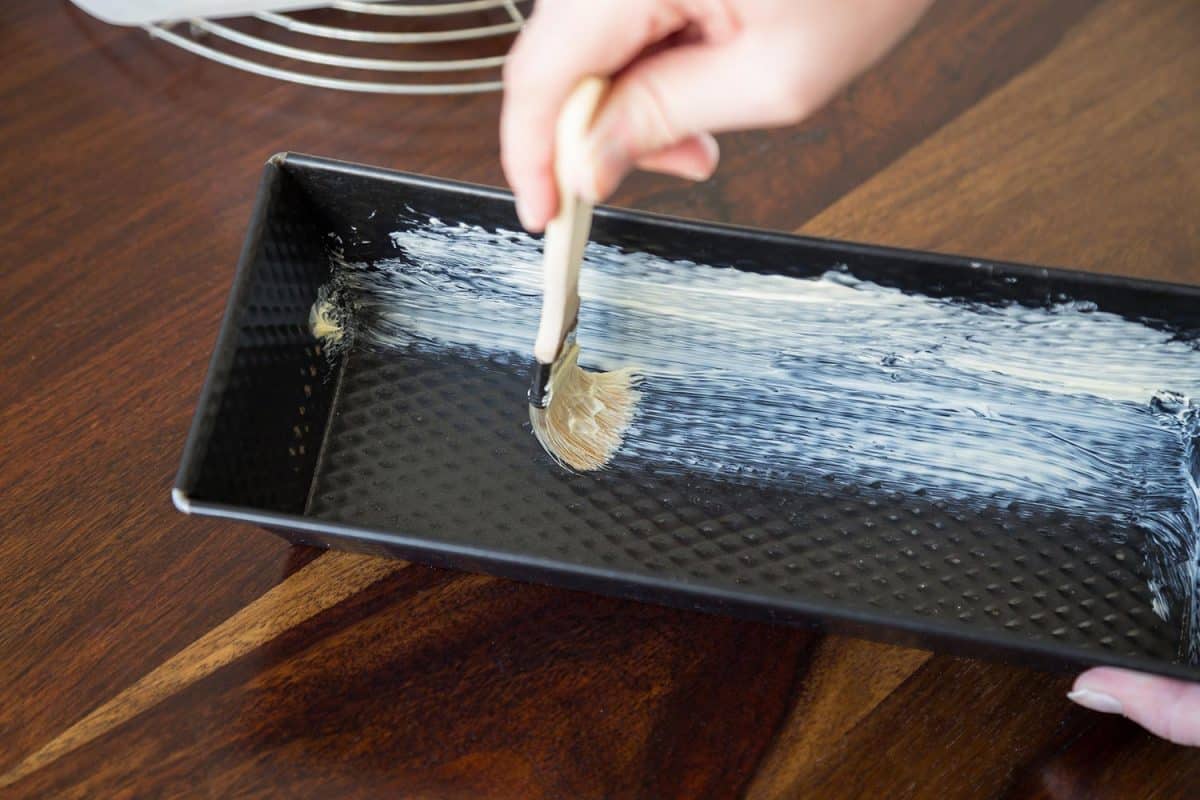
Technically, you do not need to grease a nonstick loaf pan. However, it can make it easier to get the loaf out. Since it doesn't harm the bread you are baking, it is best to grease it.
Even non-stick tins are not foolproof and will sometimes stick. This is especially true of worn or old pans, as their non-stick properties wear away with age.
How do you grease a loaf pan?
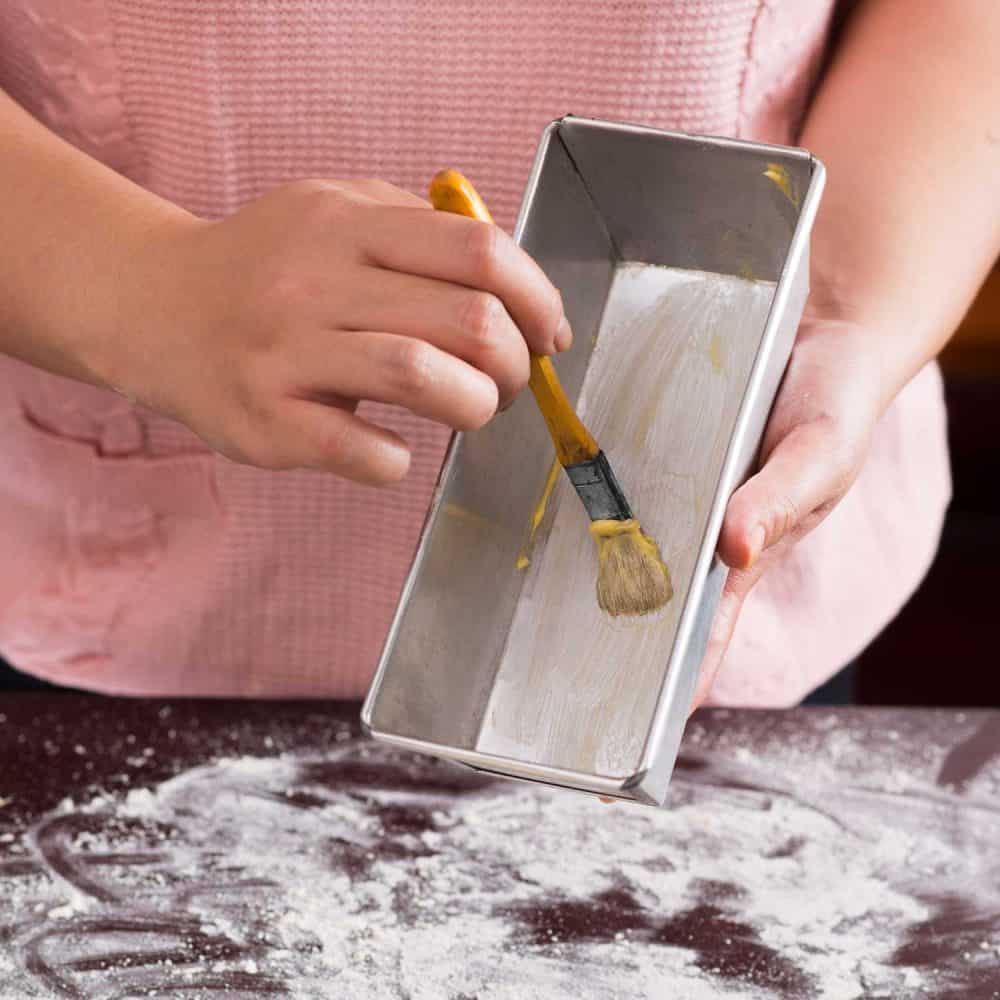
To grease your loaf pan, you just need your oil of choice and a dry loaf pan. Then you spread or spray the oil and coat the pan thoroughly. Any kind of oil will work, but butter or spray oils are the easiest.
For hard grease, like butter, simply rub the stick of butter on the edge of the pan. Butter is popular because it is both traditional and practical. A stick of butter makes it easy to see where you have greased and to get grease into corners and other areas that stick.
You can also use liquid oils if you are using a plain loaf pan. Although, it is harder and not recommended if you are using a parchment paper liner. To grease with liquid oil, put some oil in the bottom of the pan. Then move the pan around to spread it to the corners and the entire surface area. Dispose of your excess oil in the garbage, not down the drain.
The key to greasing your loaf pan well is to be through. You want grease in the corners and on the entire pan, basically anywhere dough or batter will touch. This is especially important with shaped pans, like for bunt cakes. If you aren't careful even fully cooked bread will get stuck into corners and edges.
How do you grease and flour a loaf pan?
Greasing and flouring a dish is a way to make sure baked goods don't stick. It is usually used with bread and cakes. Recipes may say to "grease and flour" a pan or it may just say to "flour" it; the process is the same.
Start with a clean, dry loaf pan as well as your grease and flour of choice. Butter and all-purpose flour are most common but it works with most household products. Although, some products will be harder to use, such as whipped butter or coconut oil.
Simply rub the butter on the entire inside of the pan. You can also thoroughly spray or spread your oil of choice with a pastry or other cooking brush. The key is to give the flour something to stick to.
Next, put some of your flour into the pan. Choose the starting amount according to the size of your pan, you can add more as you go. Then turn and tap the edges and sides of the pan so the flour sticks to the oil and stays on the sides of the pan. If some of the pan is uncoated, add oil and flour accordingly.
If you have too much flour, just discard the leftovers. While this may seem wasteful, the unused flour shouldn't be put back with the clean flour as it can be cross-contaminated. Set it aside for a recipe where it would be cooked because having contacted the grease, pan, or even the countertop could pose a risk for bacterial growth.
How do you get bread out of a loaf tin?
If you properly greased your pan, the bread should come right out after it is baked properly. But, if your loaf is stuck, don't panic. If you are having problems and had thoroughly greased your pan, your bread might not be done. Uncooked bread dough could be clinging to the sides.
Determine the Bread is Done
If the top of the bread is fully cooked, knock on it like a door. Be careful; if it just came out of the oven, it will be hot, so use an oven mitt if you can. Listen to the sound the knocking makes. Most loaves of bread should sound hollow when they are cooked through. Although cakes and specialty loaves will not.
For softer loaves and baked goods, poke a toothpick into the center. If it comes back clean, the loaf is done. If it comes back doughy, it is still raw. This is the same method often used when baking brownies.
You can also poke a thermometer into the bread and measure a loaf's internal temperature. Most bread is fully baked around 190 degrees Fahrenheit.
How to get stuck bread out of a pan
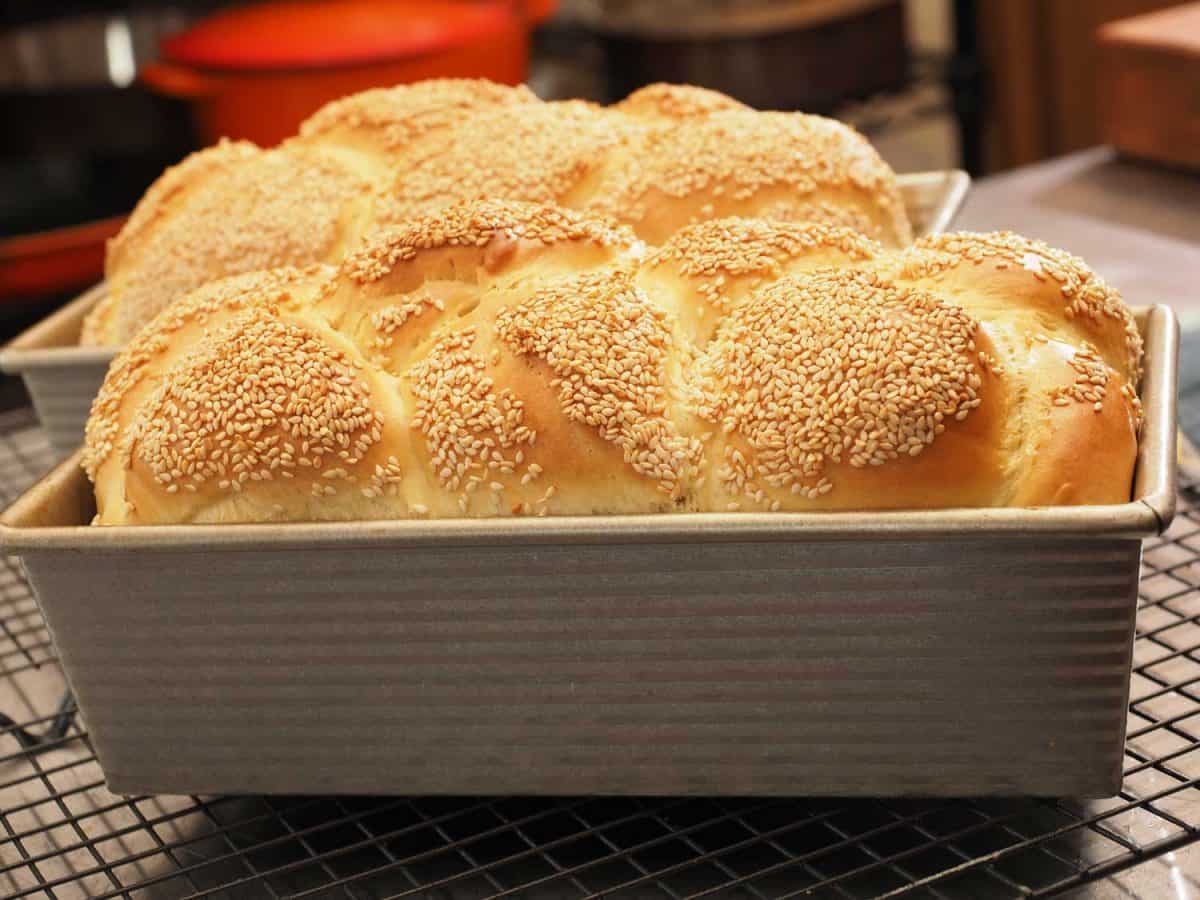
If you are sure your loaf is done and it still won't come out, there are ways to help. Although, some damage the bread, so make sure it is fully cooked before forcing the loaf out.
First, try putting the pan upside down on a plate, tray, or mat. Then leave it for a few minutes. If the loaf is only slightly stuck it may slowly come loose as it cools.
If gravity doesn't work, the most common method is to cut around the pan's edge with a knife. This can be dangerous, so use caution. This method also usually results in deformed or otherwise messed up loaves, so it should be a last resort.
Do you need to grease a silicone bread pan?
Yes, you should grease silicone bread pans when possible. While many silicone pans or liners are non-stick, they are still prone to sticking. Likewise, dough will cling to silicone molds and shapes, even if they are labeled as non-stick. So remember to oil them every time before use.
Should a paper loaf pan be greased?
In theory, if you have a durable paper loaf pan you are cooking with, it should be greased. On the other hand, if you have a disposable loaf pan for appearances or transportation, it should not be greased.
Unless, of course, the recipe calls for it. Oiling your loaf pan is to make the bread easier to get out. Oiling a disposable paper pan is unnecessary. Plus, it could damage the pan and won't look good.
On the other hand, grease parchment paper and similar linings. If you are using parchment paper, it may seem odd to grease, but it makes baking bread a breeze. The cooking paper will hold up well to the grease and can be thrown away once you are done.
If you are putting parchment paper into a standard loaf pan, fold and cut the edges to make it easy to put in and let the dough get its proper shape. Likewise, leave an inch or so of extra parchment paper above the edge of the pan to make it easy to pull the paper, and your loaf, out in one piece.
Final Thoughts
Now you know that you should grease a loaf pan. Choose your preferred grease or look to the recipe for a recommendation. Some recipes suggest flouring the loaf pan too, which additionally helps to prevent your dough from sticking. We hope this has helped you to pop out the perfect loaf of bread!
Before your bread comes out of the oven, check out these related posts:
The 6 Best Ways To Store Bread
Does Flour Brand Matter For Baking?

